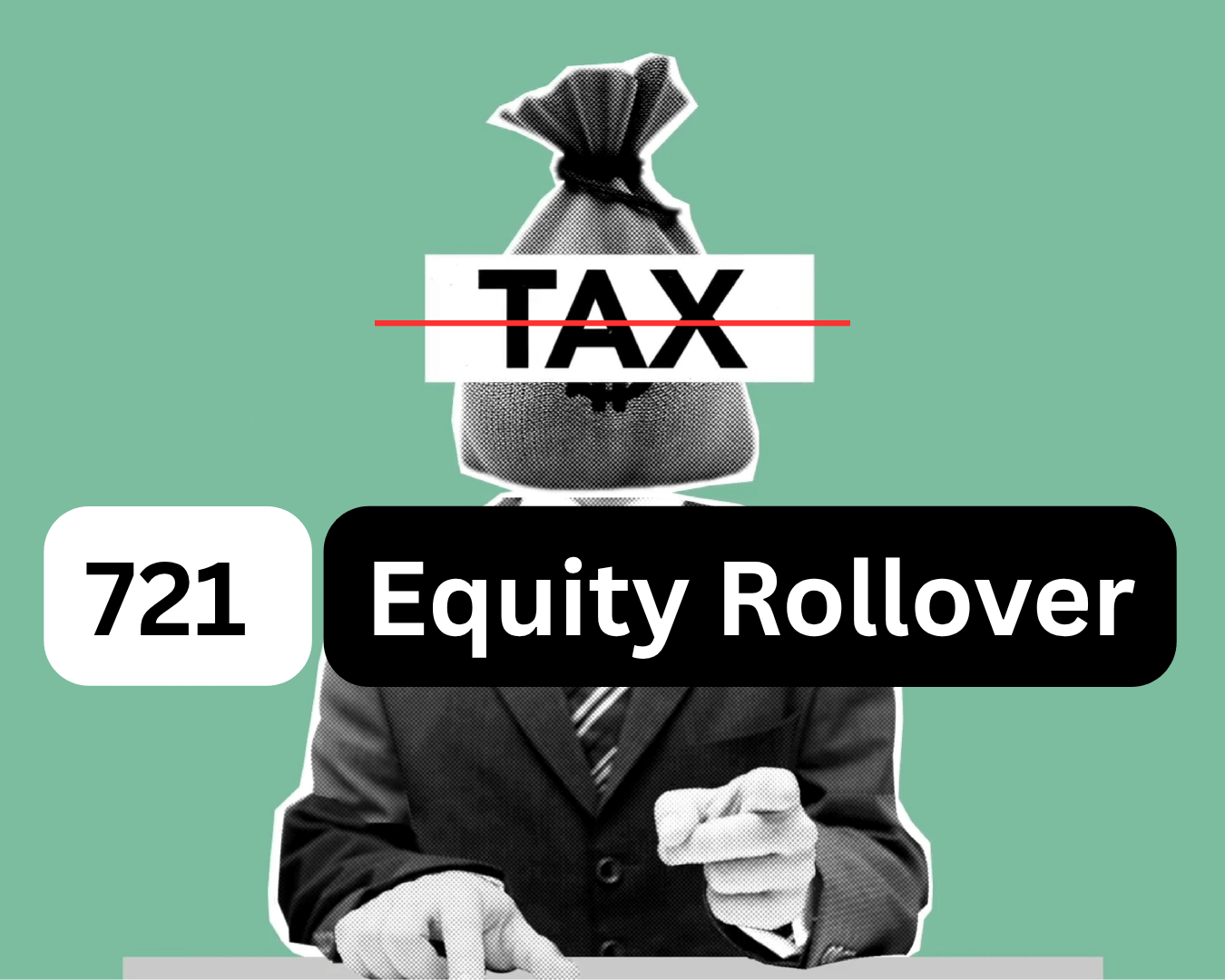When you miss a payment on your SBA loan, it’s crucial to act quickly to avoid financial trouble. Here’s a simple breakdown of what to do:
-
Step 1: Check Your Finances
Review cash flow, expenses, and revenue to identify the problem. -
Step 2: Contact Your Lender
Gather financial documents and discuss your situation openly. -
Step 3: Review Loan Changes
Explore options like extending the term, reducing interest rates, or adjusting payment schedules. -
Step 4: Ask for Payment Breaks
Request deferment or forbearance if you need temporary relief. -
Step 5: Create a Payment Plan
Work with your lender to design a plan that fits your cash flow. -
Step 6: Consider Refinancing
If conditions are right, refinancing might lower your payments. -
Step 7: Get Expert Help
Consult financial advisors, SBA specialists, or attorneys for guidance.
These steps can help you regain control of your SBA loan and secure your business’s future. Start by assessing your finances and reaching out to your lender for options.
SBA Loan Delinquency vs Default Explained
Step 1: Check Your Business Finances
Start by taking a close look at your finances. This will help you identify payment issues and prepare for discussions with your lender.
Analyze Your Current Financial Situation
Review key financial documents to get a clear picture of your business's health:
- Cash Flow Statement: Look at six months of cash inflows and outflows to spot trends or irregularities.
- Accounts Receivable: Check for delayed customer payments that might be disrupting cash flow.
- Operating Expenses: Break down fixed and variable costs to find areas where you can cut back.
- Profit and Loss Statement: Study revenue trends and profit margins to understand your overall performance.
Gather details about your monthly income, expenses, and debts. These numbers will be essential for lender discussions and can help you pinpoint the root of your payment challenges.
Pinpoint the Source of Payment Issues
Knowing why you're having trouble with loan payments is the first step to solving the problem. Common reasons include:
- Seasonal Revenue Fluctuations: Identify your business's high and low seasons to plan better for payment obligations.
- Unexpected Cost Increases: Document any sudden spikes in operating expenses, supplier pricing, or emergency repairs.
- Market Changes: Take note of any shifts in your industry or broader economic conditions that may impact revenue.
- Cash Flow Timing: Check if mismatched timing between receivables and loan due dates is causing payment delays.
Keep detailed records of everything you uncover during this process. These documents will not only help you understand your situation but also serve as evidence when negotiating payment options with your lender.
Step 2: Contact Your Lender
Gather Financial Documents
Pull together the latest financial documents to give a clear picture of your business's current state. Being prepared shows you're serious about addressing the issue.
Here’s what you’ll need:
-
Current Financial Statements
- Balance sheet
- Year-to-date profit and loss statement
- Cash flow projections for the next 12 months
- Recent bank statements
-
Business Performance Records
- Accounts receivable aging report
- Accounts payable summary
- Inventory valuation
- List of outstanding contracts or purchase orders
-
Tax Documentation
- Recent business tax returns
- Payroll tax statements
- State and local tax compliance certificates
Once you’ve gathered these, you’ll be ready to approach your lender with a solid foundation.
Present Your Situation
Using insights from your financial review in Step 1, follow these steps to communicate effectively:
- Schedule a meeting and prepare a concise summary of your payment difficulties.
- Clearly explain your challenges, organize your materials for easy reference, and take notes during the discussion.
- Write down your lender’s feedback and any agreed follow-up tasks.
After the meeting, send a written recap of your conversation and confirm the timelines discussed.
Experts emphasize the importance of having detailed and accurate financial records when working with lenders [1].
Step 3: Review Loan Changes
Explore Modification Options
To address your financial challenges, SBA lenders may offer several adjustment options. These include:
- Term extensions: Spread payments over a longer period to lower monthly amounts, though this increases total interest paid.
- Interest rate changes: Could be temporary or permanent reductions, or switching to a fixed rate, depending on your loan type.
- Alternative payment plans: Options such as seasonal payment schedules, interest-only periods, or graduated payments that better match your cash flow.
Once you've identified the best option for your situation, get ready to submit a formal request.
Submitting Your Request
To move forward, you'll need to provide the following:
- An updated business plan
- Current financial records and cash flow projections
- A clear explanation of your financial hardship
Here’s how to proceed:
- Submit all required forms, along with supporting documents and a cover letter outlining your proposal.
- Use the submission method your lender prefers (e.g., email, online portal, or mail).
- Confirm with your lender that your request was received, and ask about the review timeline.
While your request is under review, stay in contact with your lender, keep making payments if possible, and be prepared to provide any additional information they might need. Though approval isn't certain, a well-prepared and thorough request can improve your chances. Always keep copies of all documents and communications for your records.
sbb-itb-a3ef7c1
Step 4: Ask About Payment Breaks
After discussing options with your lender, you might need to explore temporary relief through payment breaks.
Payment Break Options
Taking a break from payments can help you regain control of your finances if you're behind on your SBA loan. Here are two common options:
- Deferment: This pauses both principal and interest payments for a specific period. Keep in mind, interest will still accrue, and you'll need to either catch up later or extend your loan term.
- Forbearance: This temporarily reduces or suspends your payments. You'll likely need to show proof of financial hardship, and some lenders may allow partial payments during this time.
How to Request Payment Relief
Here’s what you need to do to apply for payment relief:
-
Prepare and Submit Documents
Gather updated financial records that clearly show your hardship. Include evidence like revenue declines or other challenges, and follow your lender's specific documentation requirements. It also helps to provide revised financial projections showing how the payment break will support your recovery. -
Stay in Touch
Submit your request as soon as possible and stay in regular contact with your loan officer. Until you receive formal approval, try to continue making any payments you can manage.
Step 5: Create a Payment Plan
Build a payment plan that works with your cash flow to help you manage your SBA loan effectively.
Payment Plan Options
Here are a few ways to structure your payments based on your financial situation:
-
Extended Term Payments: Stretching out the loan term can lower your monthly payments. For instance, extending a $250,000 loan from 10 to 15 years could reduce payments from $2,800 to $2,100.
-
Graduated Payments: Start small and increase payments as your business improves. This is ideal for seasonal businesses. You might begin with 6-12 months of interest-only payments, then gradually move to full principal and interest payments.
-
Balloon Payment Structure: Pay smaller amounts regularly, with a large final payment. This works if you expect a significant increase in revenue later on.
Once you decide on a payment plan, work closely with your lender to finalize the terms.
Collaborate With Your Lender
Share a Detailed Recovery Plan
Provide your lender with clear documentation, such as:
- Cash flow projections for the next 12-24 months
- Plans to cut costs
- New revenue strategies
- A timeline for resuming full payments
Get Everything in Writing
Ensure all changes are documented. This includes payment amounts, due dates, interest rate adjustments, term extensions, and any special conditions.
Stay Engaged
Keep track of your progress and notify your lender immediately if challenges arise. Always confirm any changes in writing to avoid misunderstandings.
Step 6: Check Refinancing Options
Once you've looked into restructuring and adjusting payments, refinancing could be another way to handle your SBA loan challenges. If managing your loan payments feels overwhelming, refinancing might provide relief - if done at the right time and with the right structure.
When to Consider Refinancing
Refinancing makes sense in certain scenarios. Here are a few signs it might be the right move:
-
Your Financial Position Has Improved
- Steady revenue growth in recent months.
- A stronger credit score.
- A healthier debt-to-income ratio.
- Cash flow statements showing consistent improvement.
-
Market Conditions Are Favorable
- Interest rates have dropped since your original loan.
- Your industry is on an upward trend.
- The economy is showing positive signs for borrowing.
-
Your Loan Terms Are Creating Strain
- Current terms are putting pressure on your finances.
- You're still able to make regular payments, despite challenges.
- No recent defaults or major delinquencies on your record.
These factors can help you determine whether refinancing is worth pursuing. Make sure to weigh the potential upsides and downsides before moving forward.
Pros and Cons of Refinancing
| Pros | Cons |
|---|---|
| Lower monthly payments with extended terms | Higher total interest paid over time |
| Potential for a reduced interest rate | New loans may come with variable rates |
| Improved cash flow with restructured payments | Additional fees and closing costs |
| Opportunity to adjust collateral requirements | Might need more or different collateral |
| Easier-to-manage repayment timeline | Longer repayment period increases overall debt |
Key Points to Keep in Mind
- Fees: Understand the fee structure your lender applies.
- Documentation: Be ready with updated financials, tax returns, and business forecasts.
- Timeline: Refinancing can take several weeks, so plan ahead.
- Prepayment Penalties: Check your current loan agreement for any penalties tied to early payoff.
If refinancing doesn’t seem like the right fit after considering these factors, there are other paths to explore.
Other Options to Consider
- Debt consolidation programs
- Negotiating modified loan terms with your current lender
- Finding new revenue streams to support your payments
Step 7: Get Expert Help
Dealing with an SBA loan delinquency can be overwhelming, but the right expert guidance can help you avoid default and find practical solutions. Professional advice often makes the difference between overcoming challenges and facing serious financial consequences.
When to Hire Experts
You should consider bringing in experts if you encounter issues like:
- Repeated denials for loan modification requests
- The need for complex financial restructuring
- Legal documents that require professional review
- Communication breakdowns with your lender
- A need for specialized financial planning
| Expert Type | When to Consult | Key Benefits |
|---|---|---|
| Financial Advisor | Cash flow issues, restructuring needs | Strategic financial planning and debt management |
| SBA Loan Specialist | Complex modification requests | Guidance through SBA requirements and options |
| Business Attorney | Legal documentation, lender disputes | Legal protection and negotiation support |
| Business Consultant | Operational challenges affecting payments | Revenue optimization and cost-cutting strategies |
For a more streamlined approach, services like Clearly Acquired can connect you with these experts.
Using Clearly Acquired Services
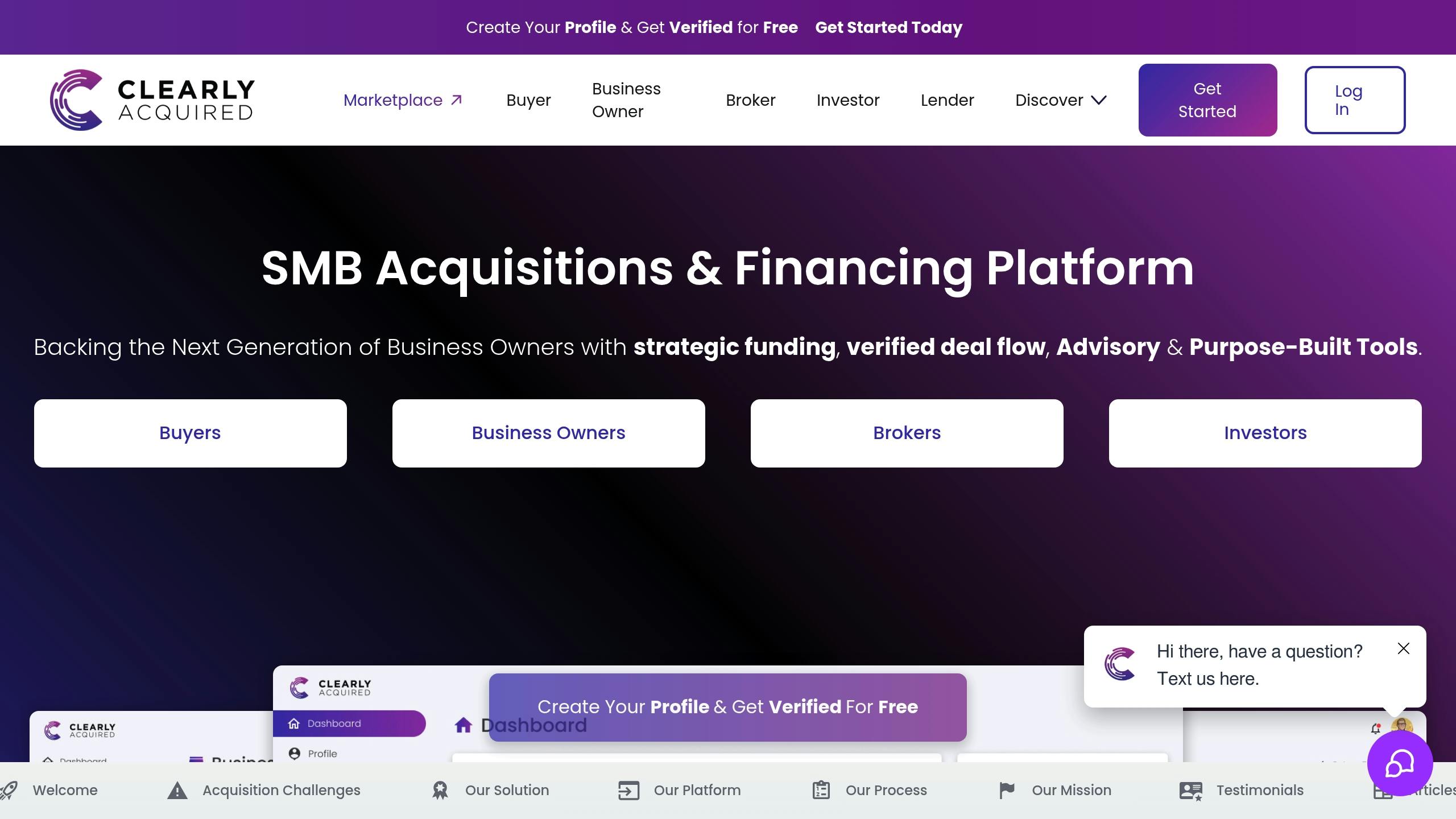
Clearly Acquired is a platform that offers tailored support for SBA loan challenges. They combine verified business listings, AI-driven tools, and expert advisory services to simplify financing and deal management.
"They're not only knowledgeable about SBA options but also offer invaluable insights and experience in creative financing strategies that help get deals across the finish line - especially valuable for someone making their first acquisition." – Derrick Weidenaar [1]
Their platform includes features like access to a network of financial advisors, smoother communication with lenders, expert restructuring advice, and efficient financial documentation management.
Success stories highlight the platform's impact. For example, Kerianne Los, who owns a private training facility in Colorado, secured approval and funding in just two weeks with Clearly Acquired's help [1].
"Once we reached out to Clearly Acquired they gave us unbelievable service (like over the top service) and the speed of the loan process was ridiculous... And they saved our butts. We will 100% be using them in the future." – Sydnie Whitmer [1]
When choosing expert help, look for providers who offer:
- Proven experience with SBA loans
- Fast response times
- A variety of solution options
- Strong connections with lending institutions
Conclusion: Next Steps for Loan Recovery
Bringing it all together, these strategies can help you get your loan back on track and secure your business's future.
Take immediate action: review your finances, reach out to your lender, explore possible modifications, request relief, create a payment plan, look into refinancing, and consult with experts.
Action Steps Summary
To simplify the recovery process, break it down into these phases:
| Recovery Phase | Action Items | Expected Outcomes |
|---|---|---|
| Initial Response | Assess your financial situation and contact lender | Understand your position and establish open communication |
| Solution Development | Create a payment plan and request modifications | Build a structured approach to meet loan requirements |
| Implementation | Work with experts and use available resources | Access professional guidance and tools to aid recovery |
Platforms like Clearly Acquired can make this process smoother. They connect you with knowledgeable experts and provide tools to simplify loan restructuring.
"They're not only knowledgeable about SBA options but also offer invaluable insights and experience in creative financing strategies that help get deals across the finish line - especially valuable for someone making their first acquisition." – Derrick Weidenaar [1]
"Once we reached out to Clearly Acquired they gave us unbelievable service (like over the top service) and the speed of the loan process was ridiculous... And they saved our butts. We will 100% be using them in the future." – Sydnie Whitmer [1]
Timing, expert advice, and effective tools are key to recovery. Clearly Acquired provides the support and resources you need to regain control and move forward.













.png)





























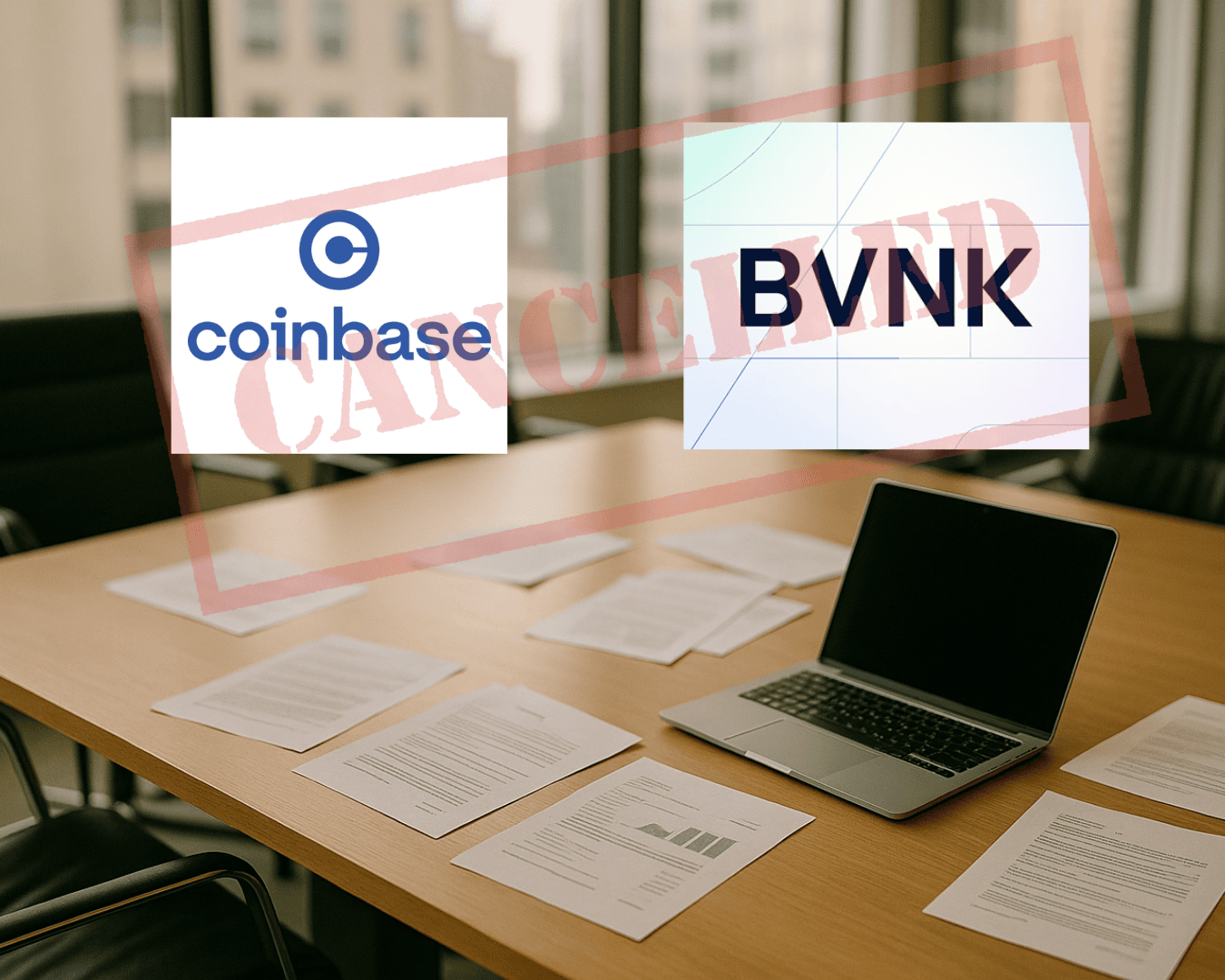









.png)

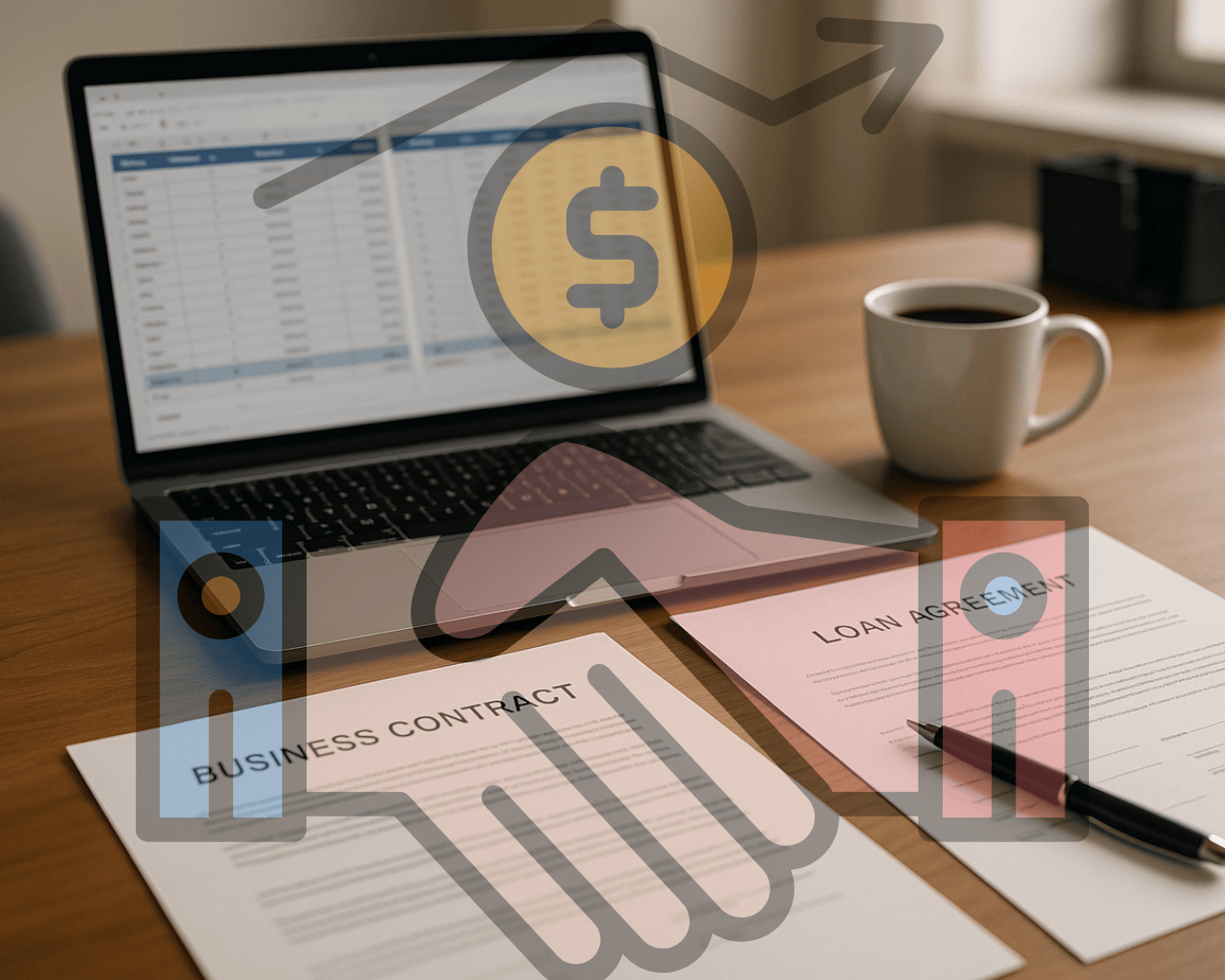


























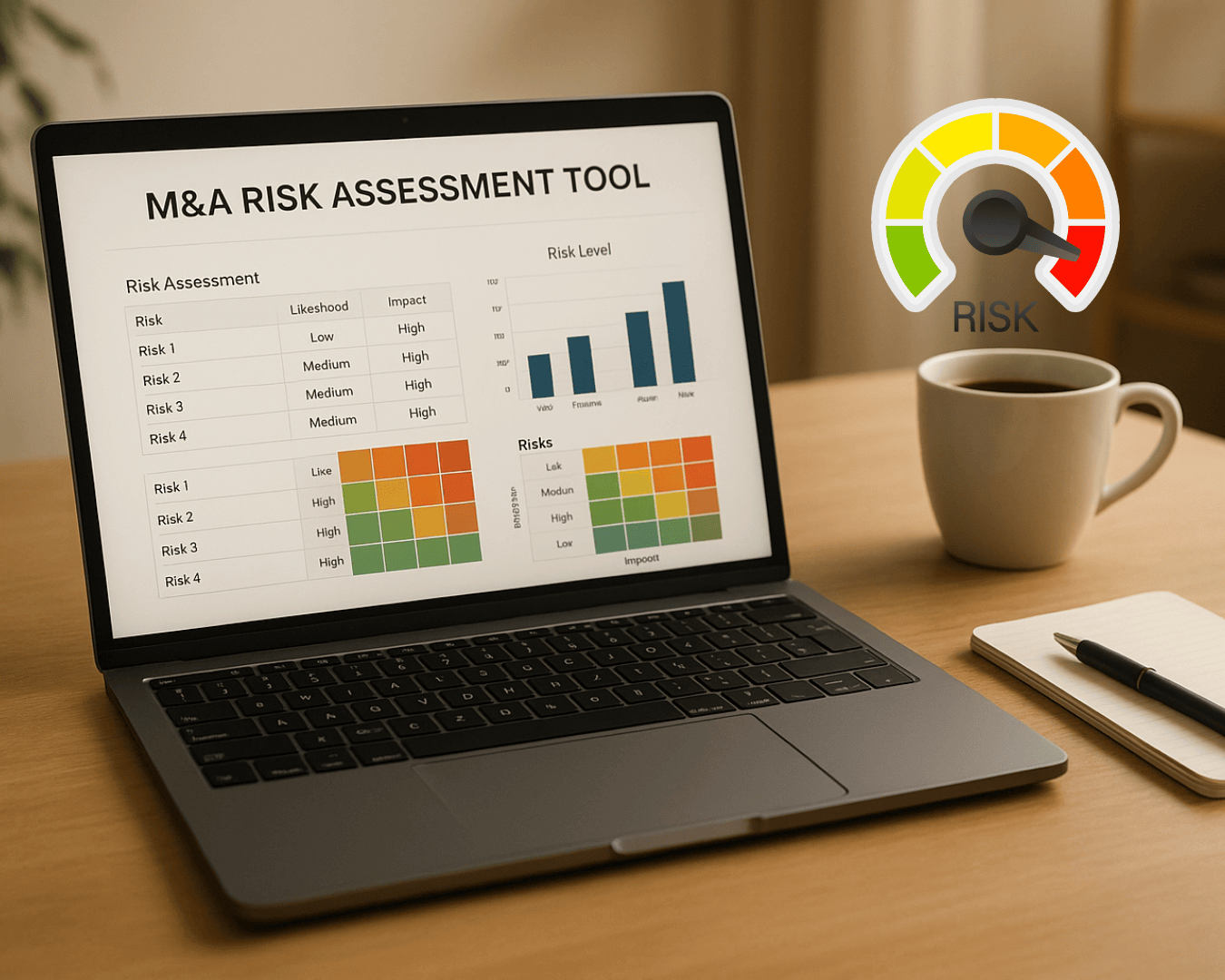


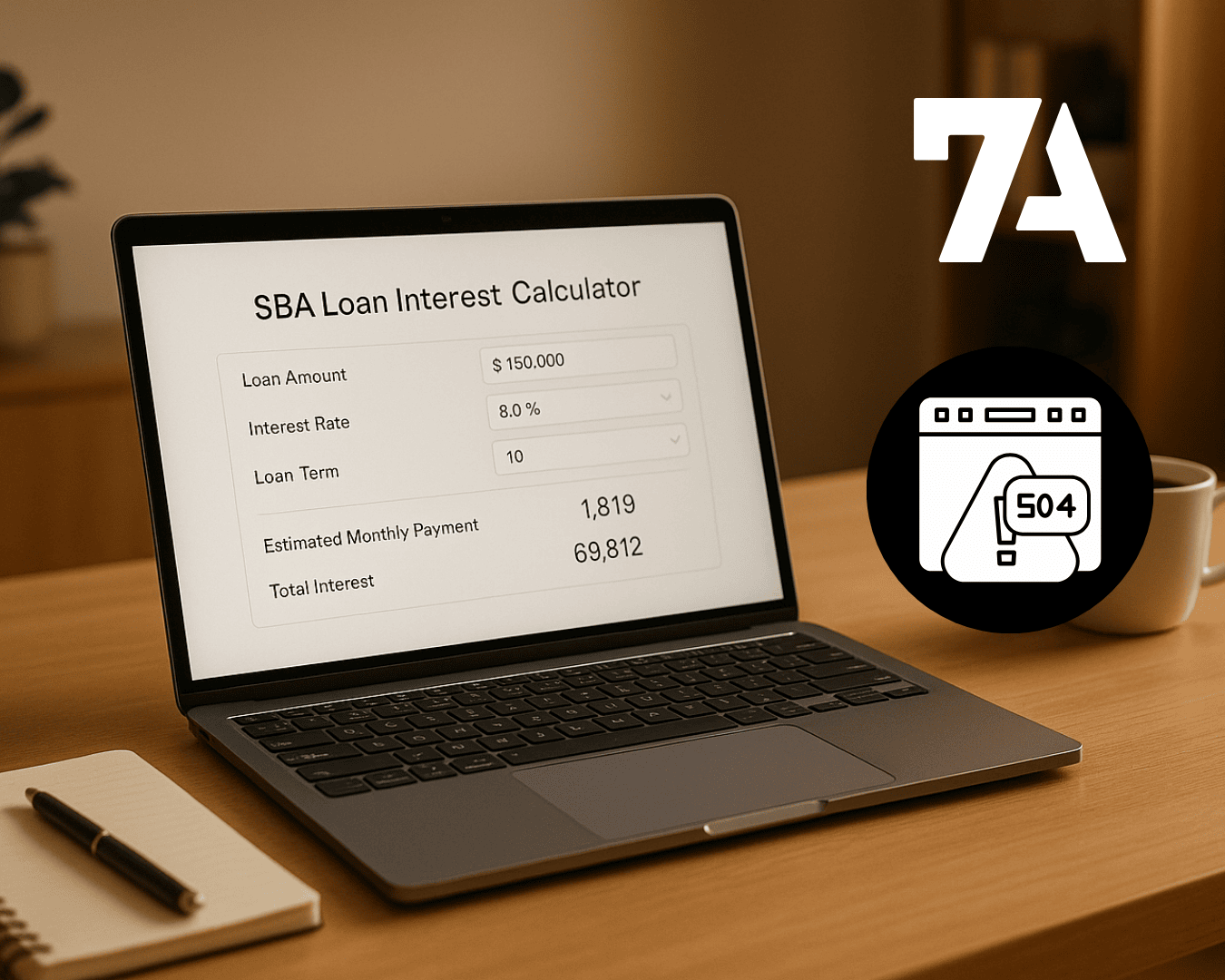








%20Loan%20Application%20Checklist.png)

